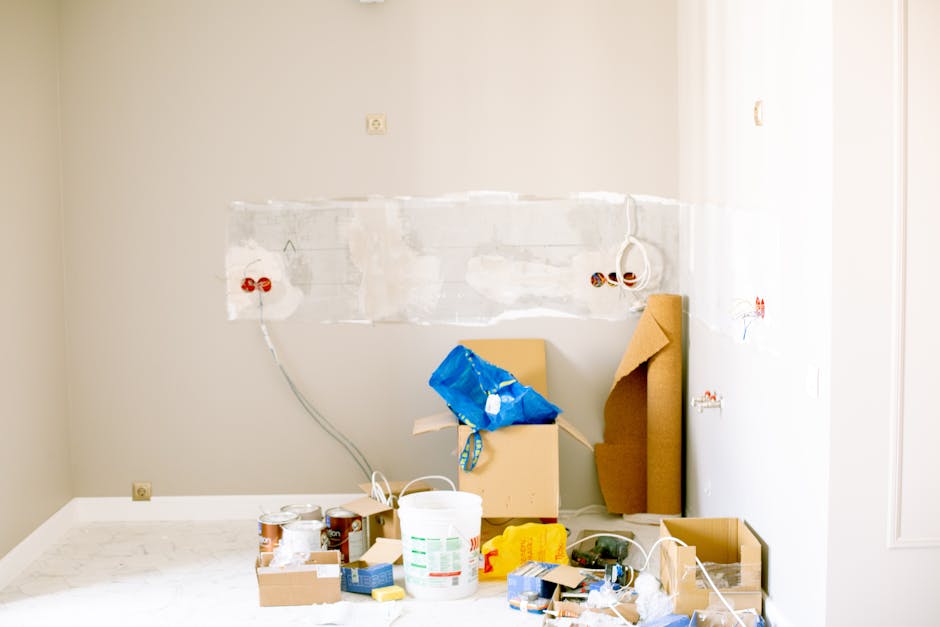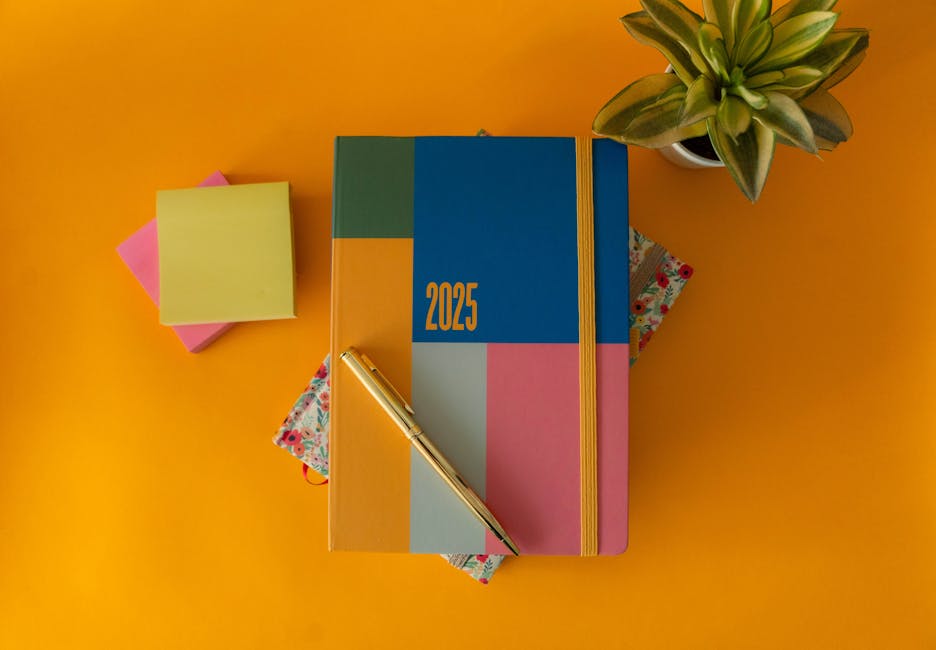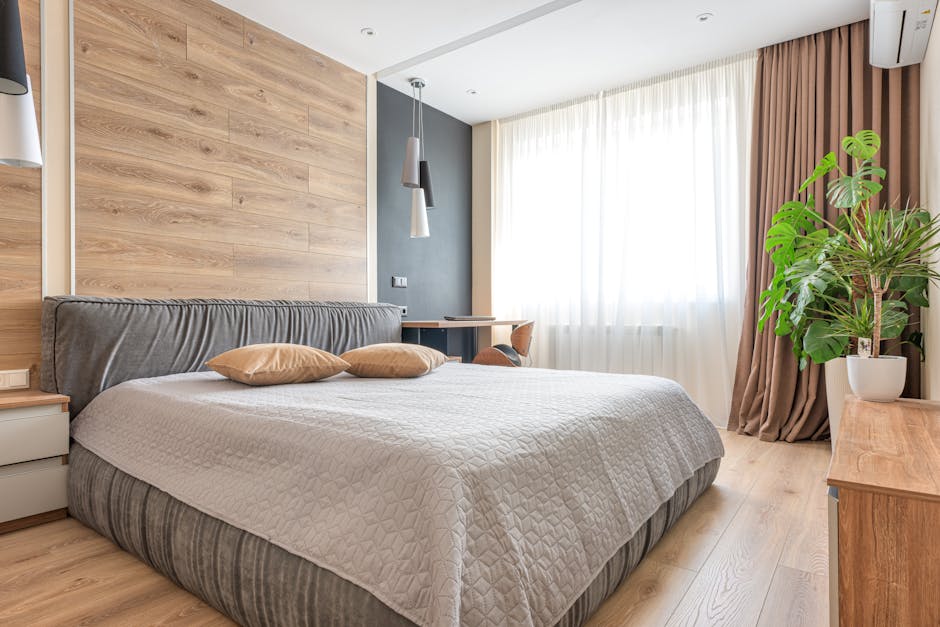In busy, budget-conscious lives, DIY isn’t just a trend—it’s a way to take back control. People no longer have the time, money, or patience for full-blown renovations that drag on for months and drain savings. Instead, small, strategic updates are having a moment. A coat of paint. Swapping out hardware. Rearranging furniture for better flow. These quick refreshes pull a space out of a rut without pulling you into debt.
What’s realistic is what works on your schedule, with what you’ve got. A full kitchen gut? Maybe not this year. But adding open shelving, upgrading lighting, or just decluttering with intention? That’s doable. These small wins build momentum and make daily life easier—and better.
Smart design isn’t about trends, it’s about tailoring your space so it supports your day-to-day. Done right, even tiny changes can dramatically shift the way a room feels and functions. Mood improves. Productivity goes up. You use the space more, and it works harder for you. That’s the power of DIY done with purpose.
Whether you’re redoing your vlogging space or filming your first intro, the wall behind you matters. It’s your visual anchor. The easiest way to elevate it? Stick to three options: paint, peel-and-stick wallpaper, or textured panels. Paint is cheap and fast. A simple matte navy or soft grey can give your frame presence without stealing the show. Peel-and-stick wallpaper brings pattern and depth with minimal commitment—ideal if you’re renting or like to switch things up. Textured panels (think shiplap or acoustic slats) cost more, but they add polish and can double as sound treatment.
Start with one wall—the one behind you. Avoid the temptation to go wild with color. On camera, softer tones and muted contrast tend to play better under lighting. Earth tones, dusty blues, or warm neutrals work across most content styles. Bright red? Only if chaos is part of your brand. Glossy finishes reflect too much light; stick to matte or eggshell.
Material-wise, avoid anything that warps or peels easily under heat (like cheap adhesives or vinyl) if you’re using studio lights. If you’re unsure, order samples and test a small patch before committing. The goal isn’t perfection—it’s creating a backdrop that supports your story and doesn’t distract from your face.
AI Is Speeding Up Workflow—Without Replacing Humans
AI isn’t here to steal your camera. But it is making the behind-the-scenes grind faster and cleaner. Vloggers are using tools like ChatGPT and AutoCut for scripting, title generation, captions, and even rough edits. These shortcuts mean more time creating—and less time fussing with timelines and thumbnails.
Still, the human voice matters. Audiences can smell generic content from a mile away. AI can draft a script, but creators still need to shape it with personal tone, energy, and storytelling instinct. The same goes for editing: tools can cut clips and color-grade fast, but knowing what to leave in—or out—takes taste.
The balance? Automate the repetitive parts. Keep the creative core human. Smart vloggers are offloading time sinks and doubling down on personality, commentary, and connection. That’s the stuff algorithms can’t fake—and fans won’t skip.
Minimal Tools, Maximum Impact
You don’t need a full studio setup to shoot a solid vlog. In 2024, simplicity is a strategy. Most vloggers are scaling back—focusing on a few well-chosen tools that get the job done without clutter. A good phone camera, reliable mic, ring light, and maybe a compact tripod. That’s it. Clean setups are not only easier to manage; they also feel more authentic to viewers burned out on overproduced content.
Styling your space matters, but it doesn’t need to be expensive. First rule: don’t show everything. Use clean backgrounds that aren’t overloaded with visual noise. Show just enough of your personality—a plant, a framed photo, a unique object that tells a story. Hide cords, stow gear when you’re not filming, and keep shelves spare. It’s the difference between curated and chaotic.
Want to personalize even more? In kitchens, think open shelving but keep it functional—coffee gear, cookbooks, a pop of color. Living rooms work best when you anchor the shot with a soft texture—like a throw or rug—but leave space to move. Bedrooms? Neutral bedding and angled lighting win. Vloggers aren’t just sharing content—they’re inviting people into a space. Make sure that space works as hard as you do.
Mirrors: Small Effort, Big Impact
Mirrors are still one of the easiest ways to level up your vlog space without blowing your budget. The trick? It’s not just about reflecting your face—it’s about using mirrors to fake depth and bounce light. Especially if you’re working in tight, dimly lit spaces (read: most beginner setups), a well-placed mirror can make the room feel bigger, cleaner, and more professional on camera.
Where you hang them matters. Opposite a window or near your key light? Great. Behind you with clutter in sight? Bad idea. Try corners or backdrops where the reflection adds symmetry or frames your scene. You’re not just styling a room—you’re directing the shot.
Don’t overthink the source. Thrift stores are loaded with mirrors that just need a little love. A fresh coat of matte black paint on the frame does wonders. Or skip the hunt and go DIY—mirror tiles and peel-and-stick frames are cheap, easy, and surprisingly polished when done right. Clean lines and no fingerprints go a long way.
Done right, a thoughtful mirror setup quietly improves your space—and how your viewers experience it.
Easy Decor Upgrades That Make a Big Impact
Looking to refresh your space without committing to a full makeover? Small, intentional design choices can transform the feel of your room quickly and affordably. Here’s how to add personality and comfort with minimal effort.
Add Texture With Throw Pillows & Rugs
Swapping in new throw pillows or an area rug is one of the simplest ways to shift the mood of a room. These items bring texture, warmth, and color — without any permanent changes.
- Opt for different fabrics like velvet, linen, or boucle to create a layered look
- Choose rugs with subtle patterns or bold colors depending on your style
- Mix and match pillow sizes and shapes for visual interest
Throw pillows and rugs offer big visual payoffs, and the best part? You can switch them out seasonally or whenever your taste evolves.
Bring Life in With Low-Maintenance Greenery
A touch of green adds vibrancy to any room — and you don’t need a green thumb to do it.
- Try easy-care plants like pothos, snake plants, or ZZ plants
- Use decorative planters to match your decor style
- Place plants on open shelving, desks, or window sills for a fresh, intentional look
Greenery not only livens up your space, but can also improve air quality and boost your mood.
Show Personality With DIY Wall Art
Buying art can be expensive — but making it yourself can be both budget-friendly and personal.
- Create a gallery wall with mix-and-match frames
- Use stencils, printable quotes, or your own photos for meaningful visuals
- Try simple techniques like color-blocking or minimalist line drawings on canvas
DIY wall art lets you decorate with pieces that truly speak to you, giving your space a unique, curated feel.
Small touches like these don’t just upgrade your home — they also make your space feel more like you.
Old furniture doesn’t have to stay stuck in the past. A fresh coat of paint or some new upholstery can take a tired piece and turn it into something that feels brand-new. It’s cheaper than buying new and adds a layer of character that mass-market stuff just doesn’t have.
You can also make tired furniture do more. Add casters to a chunky chair or coffee table and suddenly it’s mobile. Put a lid on that ottoman with built-in storage and call it efficiency. Multi-use pieces save space without sacrificing style—and that matters more than ever in smaller living spaces, where every square foot counts.
For tight interiors, think vertical. Wall-mounted shelving, fold-out desks, or a bench that hides your gear underneath—these small changes add up in a big way.
Keep It Clean: Simple Design Wins
In the world of interiors, less mess means less stress. Whether you’re juggling a small space or creating a calm vibe in a busy household, minimizing visual clutter can make a massive difference. Clear surfaces, intentional decor, and furniture that actually fits—these are the design choices that hold up.
Pick a palette or a theme, but don’t spiral into overthinking. Start with three colors or a consistent material (wood, matte black, brushed metal—your call). Build everything around that, and let functionality guide form. If you’re deciding between two chairs, choose the one that doesn’t make you hate walking into the room.
Before renovating the whole space, test your design ideas in micro. Try a peel-and-stick backsplash. Swap out hardware. See how a new light fixture changes the feel of the room before you commit to a full look. Good design isn’t about perfect lines—it’s about finding what works and builds harmony over time.
Need inspiration? We broke down the biggest looks that are hitting next year. (Explore trending looks in our Top Interior Design Trends for Modern Homes in 2025)
Refreshing your space doesn’t have to mean gutting the room or blowing your budget. Sometimes, it’s one shelf, one wall, or swapping out that one piece of furniture that’s never quite fit. Start small. One task at a time is enough. If you’re staring at a cluttered desk every morning, fix the desk. Not the whole room.
Pace matters. Work at a rhythm that fits your life. Doing it all at once usually leads to burnout—and unfinished projects. Pick a corner and make it better. Then move on. The goal isn’t perfection; it’s creating a space that supports how you live now.
Focus on changes that bring calm and purpose. That could mean better lighting by your reading chair or finally creating a place for your keys. Small wins can shift the tone of a space—and your day.
This isn’t about the big reveal. It’s about making your space useful, honest, and easier to live with.




